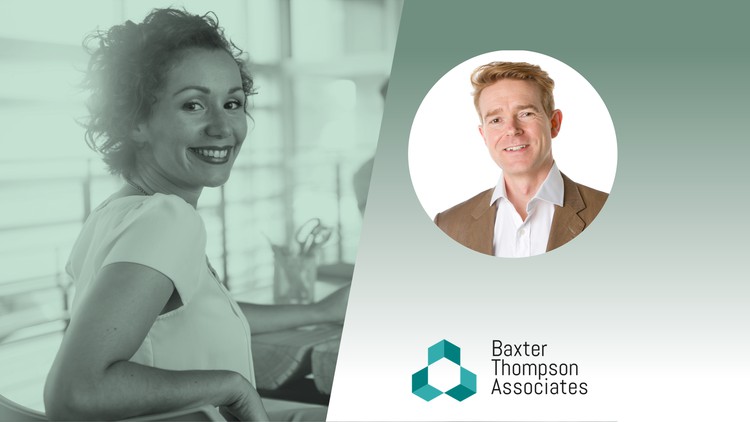
Tracking progress and demonstrating value with stakeholders and creating a communication plan to achieve your goals.
What you will learn
Managing Relationship Portfolios
Mapping the organisation
Managing and documenting expectations
Monitoring and communicating expectations
Description
How many people must you speak to to get something done in your organisation? Who are your customers, and how do you manage their expectations? How do you know you are adding value? Indeed, how do you demonstrate your team is making progress? This course answers those questions by bringing together the elements in the Relationship Management framework of courses and providing concrete examples of it working in practice.
The course includes lessons on:
- Managing Relationship Portfolios
- Mapping the organisation’s stakeholders
- Defining the communication plan to achieve a goal.
- Managing and documenting expectations
- Monitoring and communicating expectations
This course is the sixth and final in a series of courses that cover our “VITAR” framework. Relationship Management is a core skill for anyone who needs to interact with people to get the job done. Different approaches, values, ways of communicating, empathy, ego and authenticity are all important considerations, yet in the bustle of our daily lives, we either forget, rely on our innate stock of skills because they have worked in the past or muddle through. We could get the job done far quicker, but we need to unlock the code of Effective Relationships to do so. Relationship Portfolio Management is one of the keys that unlock that code.
To understand where this course fits into the Relationship Management Series, Search for the FREE course in Relationship Management / Overview by Jon Baxter.
This course also includes bonus material that summarises all the different elements of the preceding Relationship Management courses and provides implementation and measurement guidelines for your organisation.
Benefits of applying the VITAR Framework for Relationship Management:
Become a Trusted Advisor
•Move away from taking orders to being called for advice
•Recognise the fundamental principles behind trust
•Check in with your influencing behaviours
•Understand AND practice “soft skills” of persuasion and influence
Enable Clearer Communications.
•Manage expectations consistently
•Adjust your style of engagement
•Start with your audience’s challenges in mind
Early and Senior Engagement
•Access Decision Makers earlier in developing ideas based on trust and credibility.
•Inspire confidence to deal with Senior Stakeholders
Gain Role Clarity
•Best practices for enabling relationship management
•Clarify a colleague’s contribution
•Hold people to account
Content